Do You Have These Tools In Your Toolkit? (10 Must Haves)
Here's presenting 10 important tools that you need to have in your toolkit! Read the blog to know why and how are these important.
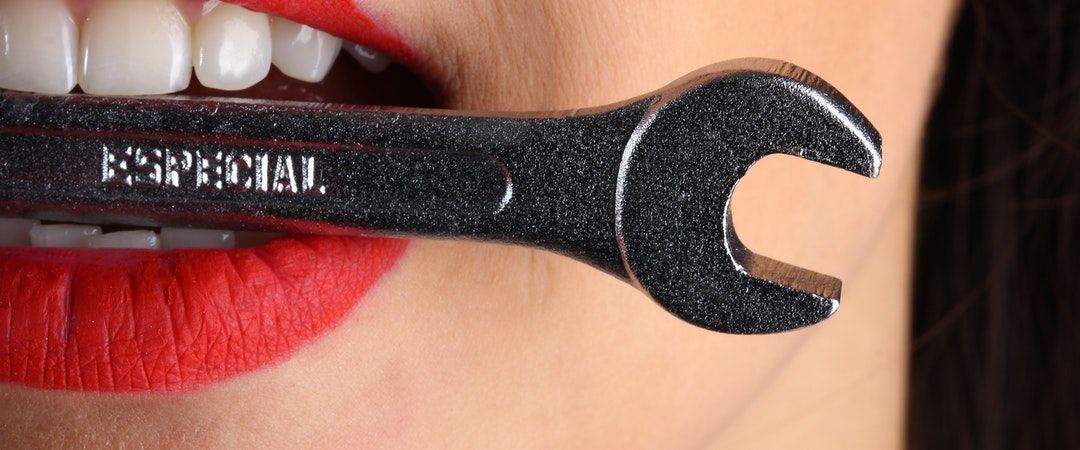
When most people think of essential tools for their toolbox, they may think, “measuring tape, hammer and a level”. While this is a good start, there are many other essential items you should also have in your kit.
Whether you’re a D.I.Y-er or professional, take a look and see what tools we recommend to make your projects go as smoothly as possible.

- Hammer/rubber mallet
- Various screwdrivers/drill with drill bits
- Adjustable wrench
- Utility knife
- Hand saw
- Various sizes of pliers
- Tape measure
- Level
- Variety of sandpaper grit
- Safety gear
1) Hammer/rubber mallet
Is it really a toolkit without a hammer? A hammer is probably one of the handiest items you can have in your toolbox. Not only can it be used for things like driving in nails or breaking things up like plasterboard, but it can also be used for more simple things such as hanging picture frames or pulling out old nails.
Know Our Recommendation!
- We recommend getting a standard claw hammer for ease of use and versatility.
- We also recommend having a soft rubber mallet. The broadness of the face combined with the material will minimize the damage to whatever it is you are hitting.

2) Various screwdrivers
The next most common item you will need in a toolbox is most likely a screwdriver. You will find that most things in your house or garden are attached with screws and so being able to adjust or reassemble as required will make life a lot easier.
The most common types of screws are flat-head and Philips. For each type, you will require the specific matching screwdriver. Ideally, you would have a few different sizes of each so you can handle a variety of screw sizes.
Or you could use a single multi-bit screwdriver which is a handle and an assortment of bits that you can attach and swap out.
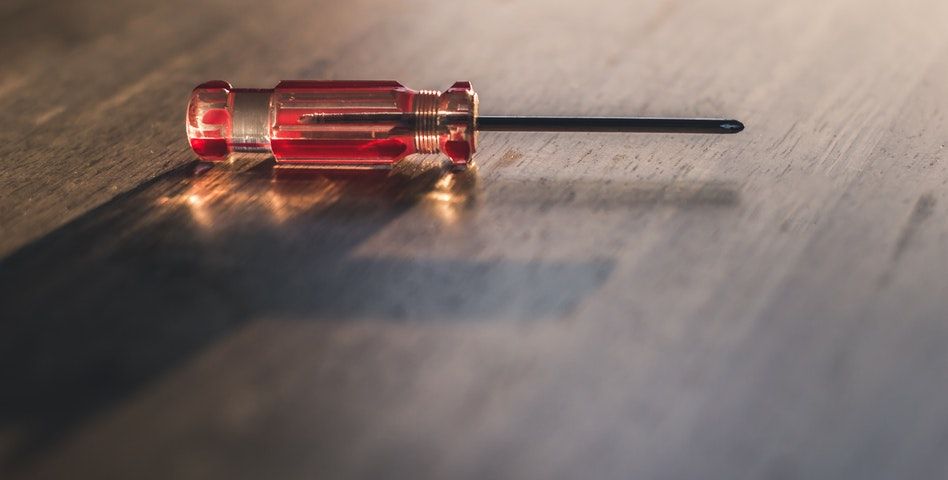
3) Adjustable wrench
If something is not attached via a nail or a screw, there is a good chance it is connected with nuts and bolts!
Why Is It Useful?
An adjustable wrench is an extremely useful tool to have in your kit as you can simply alter its size to grasp a hold of nuts of a variety of sizes, saving you space, time as well as money!
Some Other Way To Use It?
An adjustable wrench is handy to have for use on a wide variety of jobs, whether it’s for simple plumbing jobs around in the kitchen or bathroom, or for fixing up a bicycle or even for larger jobs like building a Summer House!
4) Utility knife
Having a very sharp knife in your kit is always handy. One of the best uses for it is to cut wallpaper when butting up against the next wall, ceiling or skirting board.
You will find that cutting length-ways down wallpaper with scissors isn’t easy! Plus, you will be hard-pressed to find a wall that is a perfect right angle all the way down. So sadly, all your hard work of perfectly cutting the paper using scissors will be for nothing.
Utility knives are also handy for opening things or for scoring lines in wood or plaster ready to be cut.
5) Hand Saw
A hand saw is very handy to have around, especially for making small cuts as they are much quicker and easier to use than a power saw.
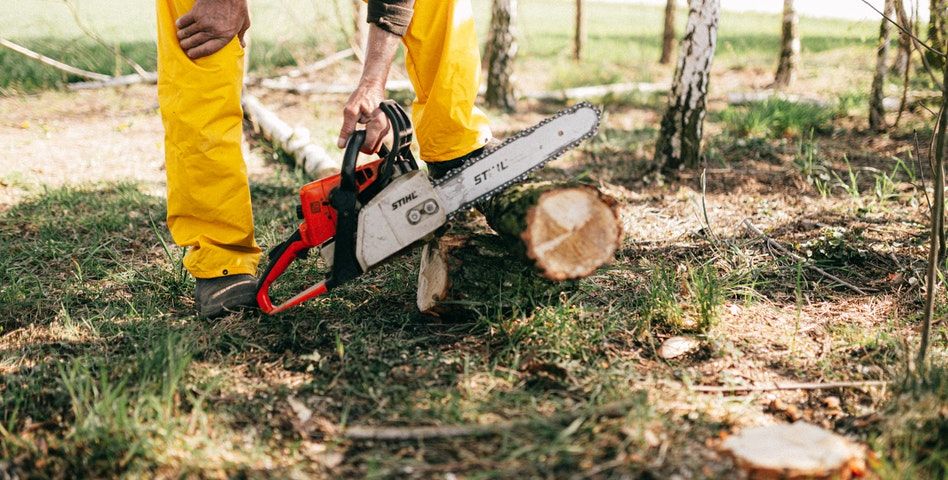
Hand saws are available in a wide variety of types:
- A traditional hand saw will usually have a 2-foot blade that tapers down from the base of the handle down to the tip and will cut through the wood as you push forward.
- A coping saw consists of a thin and narrow blade attached to a double right-angled piece of metal that sticks out high above the blade. This is a handy saw for precise or intricate cuts.
- Another common saw to have is a hack saw. These saws are probably the most versatile as they are able to cut through a wide variety of things such as wood, metal and plastic.

6) Various pliers
It can be very commonplace to need to grasp a hold of something so that you can pull or turn it. Pliers are extremely handy to offer you the grip and leverage required for the job at hand. At a minimum, we recommend having a standard size standard set of pliers as well as a standard set of needle-nose pliers in your kit.
If you have the extra space and money, it can be very handy to have a pair of vice-grips too. These have adjustable ‘jaws’ that you can resize via the handle to fit over a nut, screw or any other fixing. Once adjusted, you simply lock the jaws into place and remove the fixing with minimal force or effort.
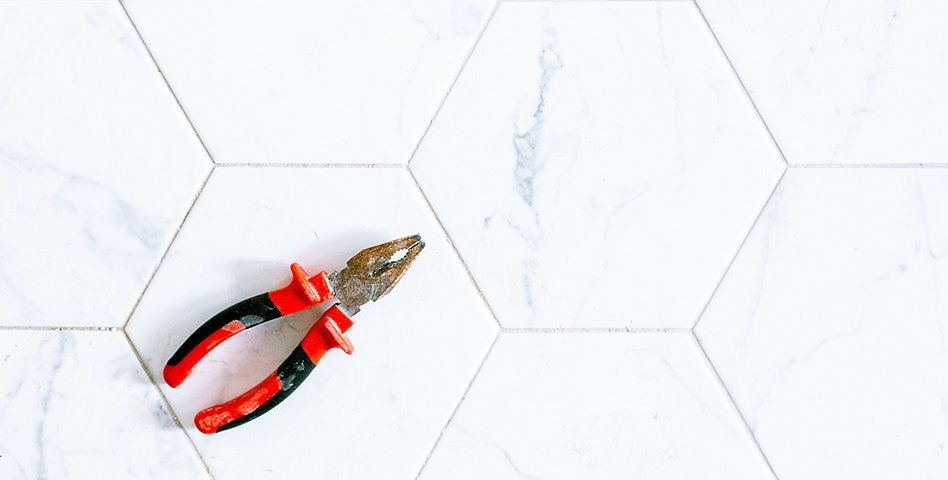
7) Tape measure
Whether you’re a casual DIY-er or a professional, accurate measuring is simply a must. From measuring your kitchen for new units to checking the size of a pipe to simply measuring your wall to hang a picture in the center, a tape measure is one of the handiest pieces of kit you can have in your toolbox.
We highly recommend a locking and retracting tape or accuracy, ease of use and ease of storage. A fabric tape can stretch over time and be inaccurate and can be messy to store. A good measuring tape is extremely useful, easy to come by and can be very cheap to acquire.
8) Level
A level is an extremely useful piece of kit to have in any toolbox. We recommend getting a standard carpenters bubble level. This is one you will see most often. They are of a variety of sizes and have 1 – 3 liquid (some have vertical as well as horizontal) vials with a bubble of air in them.
Although there is a variety of other levels available, such as laser levels which can be expensive, a standard bubble level is handy for DIY and professional alike as they are very accurate, come in a wide variety of lengths and colors, are easy to use and fairly cheap to obtain.
9) Variety of sandpaper grit
If your walls are a little bumpy or have had filler applied, you will then want to smooth it out before applying paint. Or, perhaps you have sawed some wood and need sand the edge to make it safe and smooth.
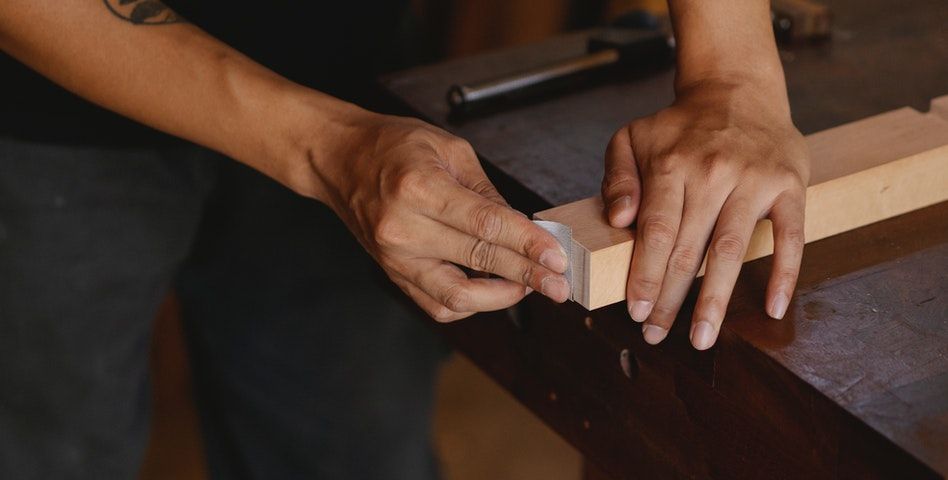
We recommend having a variety of different types of grit sandpaper in your toolbox. Remember to start off with a lower grit and then work your way up to a more coarse paper as necessary.
The last thing you want is to sand too hard and end up with a hole in your wall or a wonky piece of wood!
10) Safety gear
Safety should always take priority (closely followed by proper preparation) when completing any project. It is a good idea to always have a variety of safety gear in your toolbox so you don’t get caught short. Depending on the amount and the type of work you will be doing will depend on the specific gear you will require. You may require ear protectors for example.
However, at the bare minimum we would recommend the three things:
- Facemask
- Goggles
- Gloves (worker gloves, rigger gloves, plastic gloves)We hope you found this post helpful.
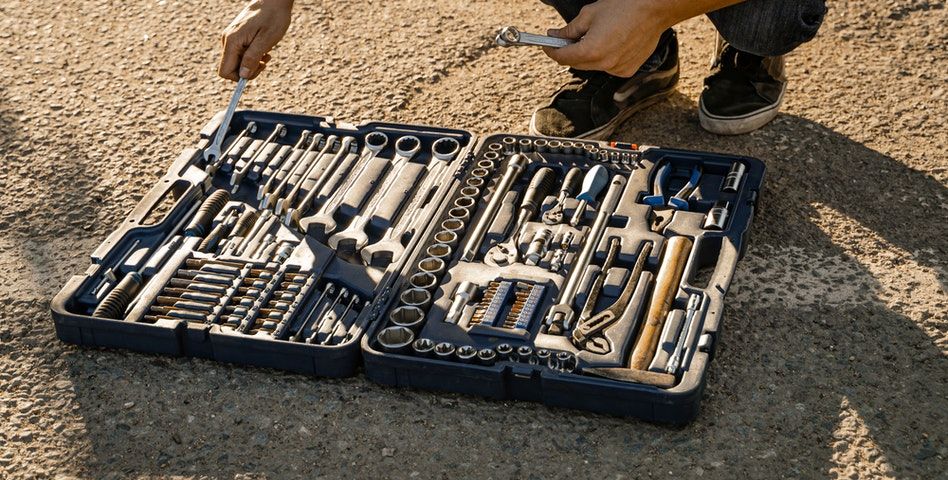
Conclusion
If you have any other tips, tricks or advice, please feel free to share with us. We love hearing from you!
If you wish to maintain a great toolkit, reach out to Tool Station, an ultimate spot for all your tool needs! Best prices, best efficiency, and best results!
What else do we want???